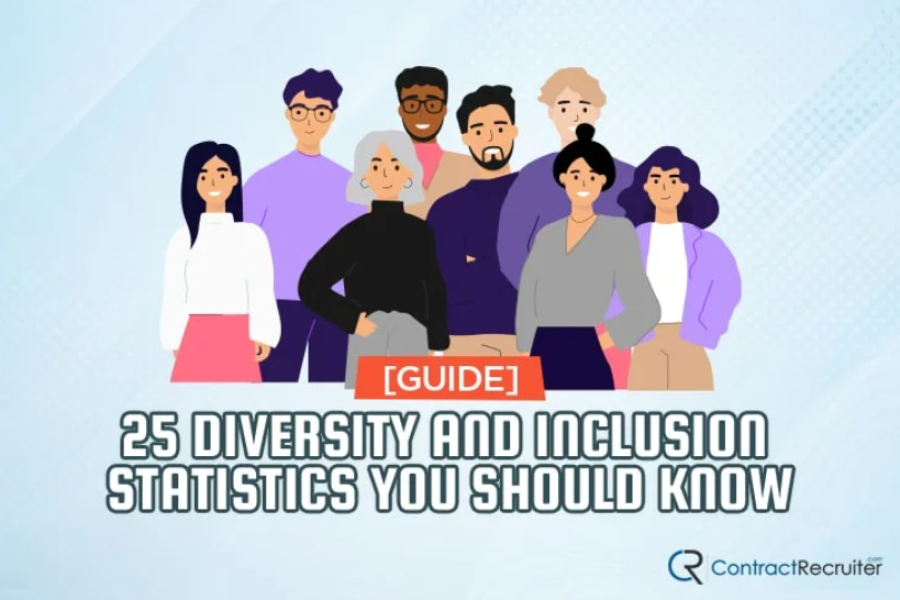

It’s one thing for us to tell you that diversity (in people and thought) in the workplace is essential to a modern business. No matter how much you trust us, though, it’s necessary to back up claims with facts. Here are 25 statistics worth knowing about diversity and inclusion in the workplace with that in mind.
If you have any statistics to add to this list, or you’ve found new reports that add context or can add more information to an existing point, feel free to leave them in the comments, with an authoritative source attached.
1: Millennials are a diverse group of people in the workplace.


According to CNN Money, 72% of the Baby Boomer workforce is white, while only 56% of the Millennial workforce is white. The growing awareness and push for diversity from minority groups have led to greater levels of representation in the workforce, and this push will only increase as more and more older white workers retire. Preliminary data indicates that Gen Z workers will continue this trend as well.
2: Job seekers are looking for diversity in their workplaces.


Studies and surveys by Glassdoor show that a majority (67%) of job seekers today feel that workplace diversity is one of the most important factors to consider when deciding whether or not to apply to or work with a given company. As many as half of all workers believe their workplaces should be increasing their focus on diversity, as well.
3: Just under half of all workers have experienced some form of workplace harassment.


Gallup polls show that, despite diversity and inclusion policies, harassment happens anyway. This systemic problem affects businesses from the smallest local shop to the largest megacorporation. As recent scandals with companies like Riot, Activision, and Amazon indicate, this problem digs deep and will take sustained effort to solve. However, companies that actively promote and enforce D&I policies have an advantage in hiring forward-thinking employees.
4: Diversity in thought (cognitive diversity) leads to innovation.


Diversity is about more than race and nationality; it’s about genders, abilities, orientations, and more. Diversity in all aspects, and inclusion in the workplace, breeds innovation. As measured by Quantum Workplace, companies that promote broad thought diversity see as much as a 20% increase in innovation.
5: Diverse teams out-perform their less diverse competitors.


Racial diversity, specifically, is an apparent and critical indicator of diversity in the workplace. Studies performed by Sage found that companies with racially diverse staff, including employees at managerial and executive levels, performed better and grew faster than their less diverse competitors.
6: The benefit of diversity is growing.
“Our 2019 analysis finds that companies in the top quartile for gender diversity on executive teams were 25 percent more likely to have above-average profitability than companies in the fourth quartile—up from 21 percent in 2017 and 15 percent in 2014” – McKinsey, in their 2020 report on diversity.


The benefit of diversity is not just visible; it’s growing. Each year, the benefits of a diverse team become more pronounced, and the companies that resist diversity further stagnate.
7: Every kind of diversity matters.


Again from the McKinsey study, every form of diversity they looked at – including racial and ethnic, gender, and others – proved beneficial when considered in isolation and in context. Companies can promote one kind of diversity, such as gender diversity, and see a benefit, but a company that capitalizes on gender, ethnic, and racial diversity will further out-perform them, on average.
8: Diversity isn’t enough without inclusive policies.
Per McKinsey, again:
“While overall sentiment on diversity was 52 percent positive and 31 percent negative, sentiment on inclusion was markedly worse, at only 29 percent positive and 61 percent negative. This encapsulates the challenge that even the more diverse companies still face in tackling inclusion. Hiring diverse talent isn’t enough—it’s the workplace experience that shapes whether people remain and thrive.”
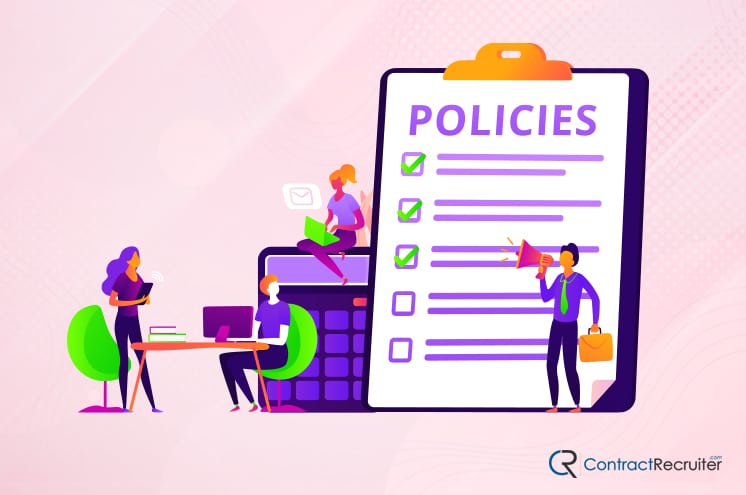

In other words, having diverse employees doesn’t do much for you if you aren’t including them in your operations, preventing casual discrimination, and creating a safe workplace.
9: Diversity is lagging behind in the USA.
“In the US, companies that increase racial and ethnic diversity on senior boards enjoy a 0.8% increase in earnings before interest and tax (EBIT), while their counterparts in the UK see a 3.5% increase.” – BuiltIn.
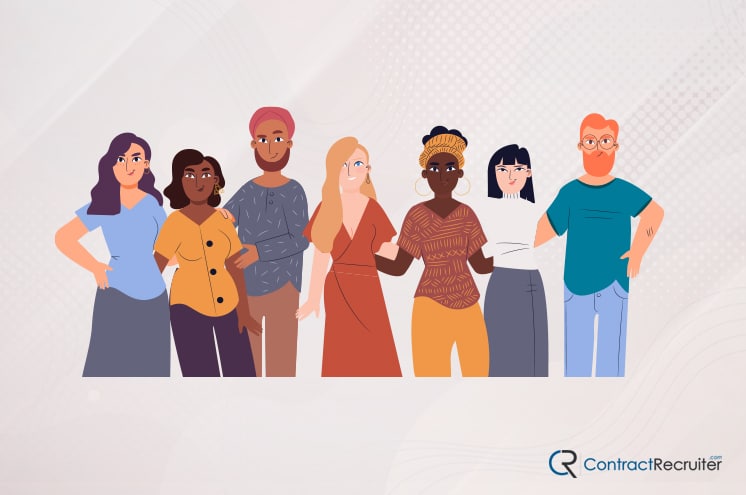

The benefits of increasing diversity in the USA are substantial, but they are more robust in the UK and other areas abroad. A more significant cultural shift is coming but lagging behind in America. The influence of diversity is growing with each year, however.
10: Customers are also concerned about diversity.


There’s a growing awareness of the source of products we consume. Consumers are increasingly concerned about the ethics of the companies producing the items they buy. If a company is less diverse or notorious for discrimination, it will struggle to obtain an audience. Conversely, per HBR, diverse companies are 70% more likely to capture a new audience or market.
11: Diversity in executive leadership is lagging.


Diversity at the ground level is critical for performance throughout an organization. However, diversity needs to be reflected in leadership as well. Among the Fortune 500, according to Pew, a meager 25/500 companies have female CEOs. The lack of diversity at the top levels is holding back many companies. To put this into context, there are more CEOs named John in the fortune 500 than female CEOs.
12: Discrimination has a cost.
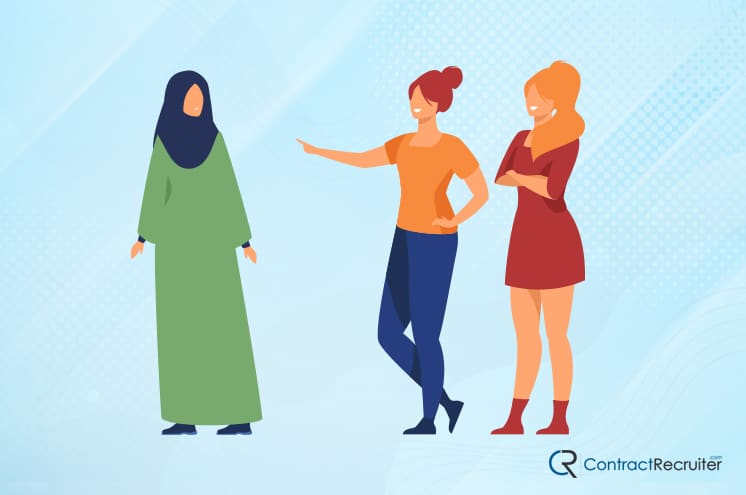

Diversity has benefits, and a lack of diversity means your company doesn’t get those benefits. Moreover, though, discrimination and a lack of inclusion lead to turnover. Turnover includes not just the employees targeted by discrimination, but by others who quit out of solidarity or protest. Costs to a company include those from turnover, as well as discrimination lawsuits, and total to $16 billion each year, according to TechRepublic.
13: Wage equality is lagging.


According to the US Bureau of Labor Statistics, wages for women lag behind wages for men, at around 82%. Similar gaps can be observed between white and non-white employees in similar roles. The continued culture of suppressing discussions about pay has facilitated this wage gap to continue, despite strides made in the last decades to rectify the situation.
14: The more diversity characteristics, the worse the pay.


In general, statistics indicate that diversity indicators also reflect worse pay in many cases. Women make less than their male counterparts; black and Hispanic women earn less than white women. Oddly, Asian women made more than white women on average, though still less than white men in their positions. – Per BLS. Often, individuals with more than one ethnicity or race (or who are both a minority race and a minority religion, orientation, or another characteristic) also have lower pay than those with just one of their characteristics.
15: Diversity requires visibility.
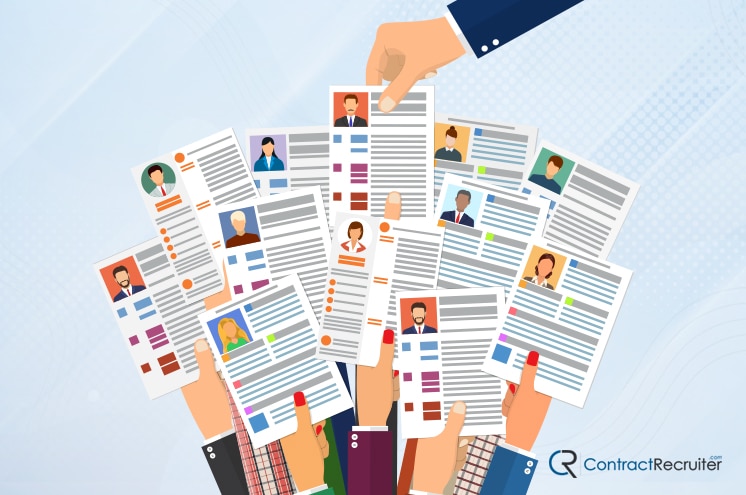

Many potential employees are evaluating the stances companies take on diversity and inclusion throughout their organizations. Moreover, both actions and words are essential. Companies that are quietly diverse may suffer from not advertising that fact. According to LinkedIn, companies that post on social media about the importance of diversity and their efforts towards inclusiveness tended to receive 26% more applications.
16: Top-level indifference and lack of commitment are huge roadblocks.


A survey of global companies conducted by SHRM indicated that the two biggest reasons why diversity initiatives are not effective in some companies are a lack of commitment and indifference. A lack of commitment means top-level executives pay lip service to the idea but fail to commit. Indifference tends to indicate that leadership expresses attitudes like “not seeing color.”
17: Discrimination starts early in the hiring process.
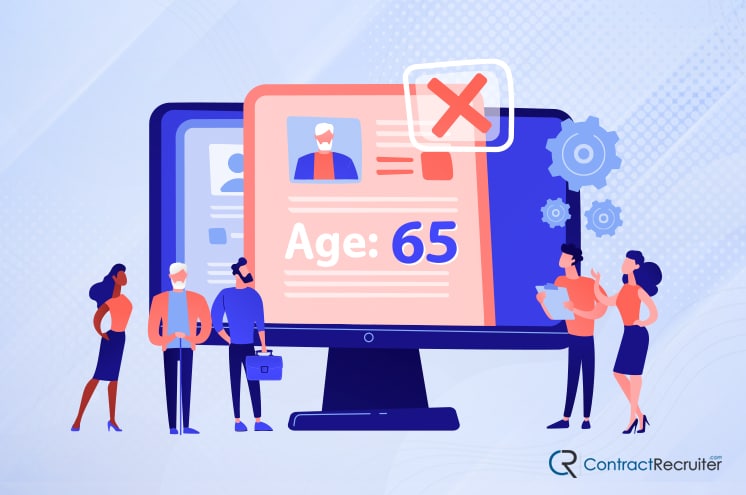

Decisions for filtering resumes are often riddled with bias. In particular, whether a human or a machine-learning algorithm filters resumes rarely matters; both will discriminate based solely on whether or not an applicant’s name is “white-sounding” or not. Thus, one of the best strategies for hiring diverse candidates is to strip identifying information and judge candidates solely on their skills and experience. This idea is backed up by data from the National Bureau of Economic Research.
18: Blind hiring works.
The above act, stripping personal information from resumes, is called blind hiring. Blind hiring, blind interviews, and blind auditions have been studied and found to result in more women, and minority hires. The NY Times reports that blind hiring boosted female hires from 25% to 46%.


Many modern ATS platforms now offer the ability to strip identifying information from resumes and applications, to make blind hiring easier. However, it’s crucial to ensure that there is no algorithmic judgment applied to resumes before removing that information due to how algorithms can have just as much bias trained into them.
19: The number of federal discrimination lawsuits filed is decreasing.


Data from the Equal Employment Opportunity Commission is compiled every year, breaking down the number of discrimination suits each year, by category. Overall, the number of lawsuits filed at a federal level has decreased year over year since roughly 2011. In 2011 the peak was around 99,000 lawsuits that year, while 2018 had 76,000, 2019 had 72,000, and 2020 had 67,000. However, this data does not include state-level lawsuits or the reason behind the decrease.
20: Disability is a less visible but equally important form of diversity.


Disabled individuals have many challenges to contend with. Among them is benefits; many disabled individuals do not seek work because their benefits are all-or-nothing, and if they make too much, they lose and have to repay their benefits, which can be more than they’re making. However, McKinsey estimates that an increase of just 1% in hiring disabled individuals could result in an increase of $25 billion in GDP.
21: Lack of diverse leadership suppresses ideas from diverse employees.


As mentioned above, diverse leadership is the most significant factor holding back many companies. HBR reports that the endorsement of ideas from diverse sources is reduced without diverse leadership. Women see 20% lower acceptance, people of color see 24% less, and LGBT individuals see 21% lower acceptance of their ideas. Again, these problems need to get addressed from the bottom of a company to the very top.
22: Gender diversity is extremely important for performance.
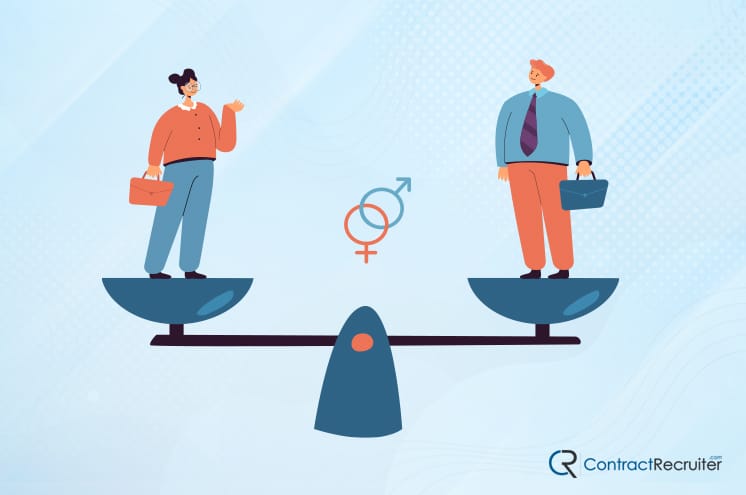

A report from Fast Company found data showing that companies with above-average gender diversity in their staff and leadership had much higher employee engagement. In fact, they tended to out-perform other companies by 46-58% in terms of engagement. This primarily returns to inclusivity and how a diverse workforce helps encourage those with differences to feel welcome and included. Hence, they contribute more to the overall direction of the company.
23: Two-dimensional diversity is better than diversity on a single dimension.
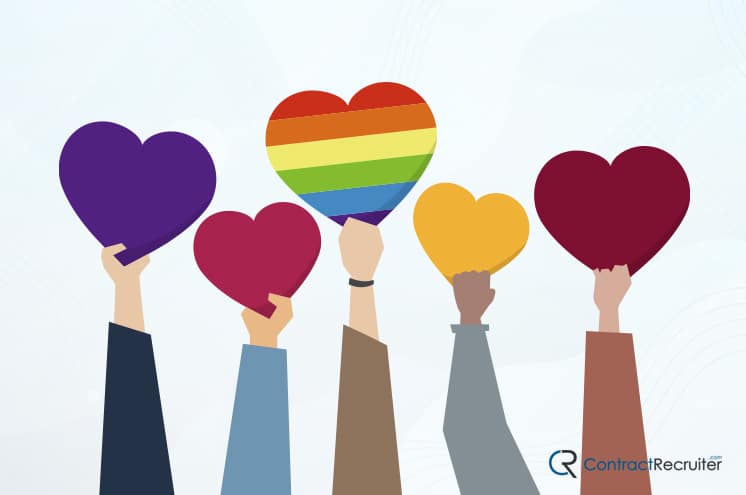

Two-dimensional diversity considers diversity across two axes; inherent diversity, composed of inborn identity markers like race, ethnicity, and sexual orientation; and acquired diversity, composed of learned and lived experiences, such as poverty, discrimination, and other past experiences. HBR found that organizations using two-dimensional diversity had a 45% wider market capture and a 70% chance to enter a new market.
24: Excuses are thin.


Among managers who do not capitalize on diversity or encourage inclusion in the workplace, 41% claimed they were “too busy” to do so, according to BuiltIn. When considering all of the benefits to a company left on the table, it’s hard to imagine what these managers are doing to be so busy while achieving less for the company than they could be by focusing on diversity and inclusion initiatives.
25: The greater the diversity, the greater the returns.
Amongst businesses reporting higher levels of diversity, the most diverse workforces reported the highest degree of benefits. Science Daily reported that businesses with the highest level of racial diversity saw 15x – that’s 1,500% — higher revenue than non-diverse companies.
If you’ve ever needed proof that diversity is essential to the growth and success of a modern business, now you have it. Will your business join these successful metrics?
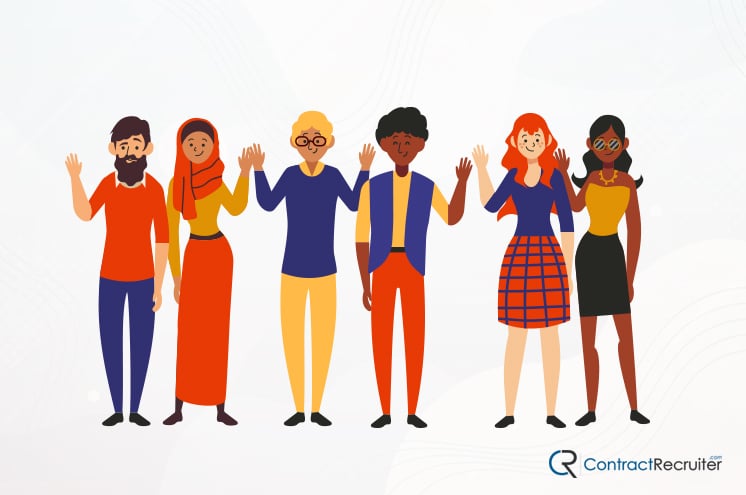

As mentioned previously, if you have additional statistics to add to this list, please leave those in the comments section below, along with an authoritative source. If you have any questions regarding any of these statistics or additional questions regarding what diversity can do for your company, please feel free to ask away at any time, and we’ll get a conversation started. We’d be more than happy to assist in answering any potential questions that you or your company may have.

